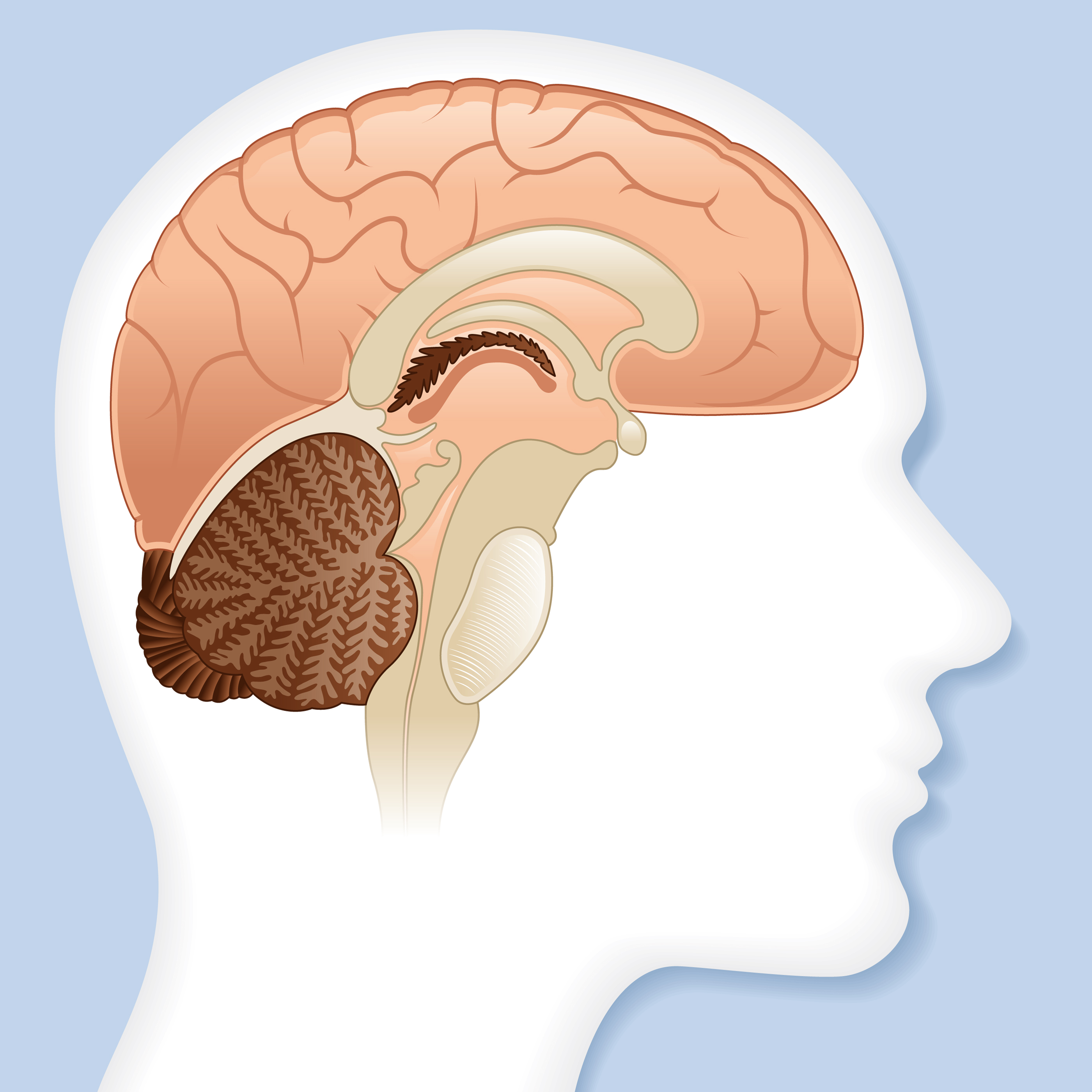What you need to know about epilepsy
According to the Epilepsy Foundation, more than 65 million people worldwide are affected by epilepsy and it’s estimated that 1 in 26 people will develop epilepsy in their lifetime.
Dr. Jay Gavvala, assistant professor of neurology and neurophysiology at Baylor College of Medicine, discusses epilepsy causes, treatment options, and seizure first aid tips.
What causes epilepsy?
Common symptoms of epilepsy include seizures, uncontrolled motor movements, abnormal sensations, loss of consciousness and language difficulties.

“Epilepsy can be caused by a variety of conditions, including brain injuries, infections, strokes, scarring, bleeding of the brain, tumors, and malformations of brain development,” Gavvala said. “There can also be genetic causes of epilepsy and in some cases, no clear cause is identified.”
Gavvala says it’s important to note the different types of seizures that can occur.
“A seizure caused by abnormal electrical activity is one type,” he said. “However, other activity can result in seizures or seizure-like activity, including changes in blood pressure, fainting spells, heart rhythm abnormalities, drugs, toxins, migraines and stress.”
How epilepsy is treated
“The key to treatment of seizures is identifying the underlying cause,” Gavvala said. For seizures or seizure-like activity due to blood pressure, heart rhythm changes or other non-electrical causes, treatment is focused on the underlying condition. However, for abnormal electrical activity seizures, medication is the most commonly prescribed treatment.
Gavvala says there are several medications that can be used to treat seizures. Medication is selected based on a number of factors, including the cause of the seizures, seizure types and potential side effects.
He notes that in some cases, epilepsy is hard to control even with medications. Specialized treatment options such as stimulation devices, dietary therapies or surgery may be considered in those instances.
Seizure first aid
Bystanders should provide general care and comfort to a patient who has had a seizure to ensure they are safe. Here are a few practical guidelines:
- Stay with the person until the seizure is over
- Pay attention to length of seizure: Seizures lasting longer than five minutes are usually a cause for concern and EMS should be notified
- Prevent injuries by moving nearby objects out of way or moving patient out of harm’s way
- Don’t forcibly hold patient down
- Do not put anything in the person’s mouth
- Monitor the person’s breathing
- If a seizure occurs while a person is lying down, turn the patient on their side
To schedule an appointment with the Baylor Comprehensive Epilepsy Center, call 713-798-2273 or request an appointment online.
-By Alexandria Bland, communications coordinator with the Departments of Neurology and Neurosurgery at Baylor




Pingback: Exploring advances in epilepsy treatment